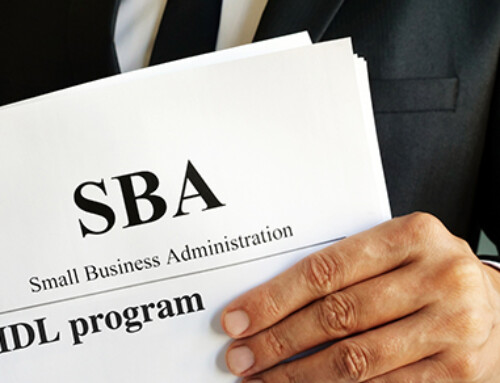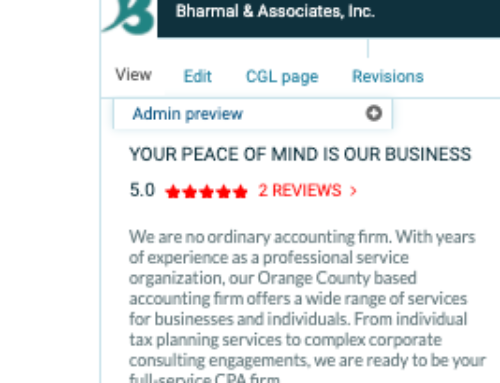What do we mean by “miscellaneous deductions”? Miscellaneous deductions are tax breaks that generally don’t fit into a particular tax category. They can help reduce taxable income and the amount of taxes owed. For example, some employees can deduct certain work expenses like uniforms as miscellaneous deductions. To do that, they must itemize their deductions instead of taking the standard deduction on their tax return. Here are some tips from the IRS about miscellaneous deductions:
The Two Percent Limit
Most miscellaneous costs are deductible only if the sum exceeds 2% of the taxpayer’s adjusted gross income (AGI). For example, before being able to deduct certain expenses, a taxpayer with $50,000 in AGI must come up with more than $1,000 in miscellaneous deductions. Expenses may include:
- Unreimbursed employee expenses.
- Job search costs for a new job in the same line of work.
- Job tools.
- Union dues.
- Work-related travel and transportation.
- The cost paid to prepare a tax return. These fees include the cost paid for tax preparation software. They also include any fee paid for e-filing a return.
Deductions Not Subject to the Limit
Some deductions are not subject to the 2% limit. They include:
- Certain casualty and theft losses. In most cases, this rule is for damaged or stolen property held for investment. This may include property such as stocks, bonds and works of art.
- Gambling losses up to the total of gambling winnings.
- Losses from Ponzi-type investment schemes.
Keep in mind that taxpayers can’t deduct some expenses. For example, personal living or family expenses are not deductible. To claim allowable miscellaneous deductions, taxpayers must use IRS Schedule A – Itemized Deductions.





